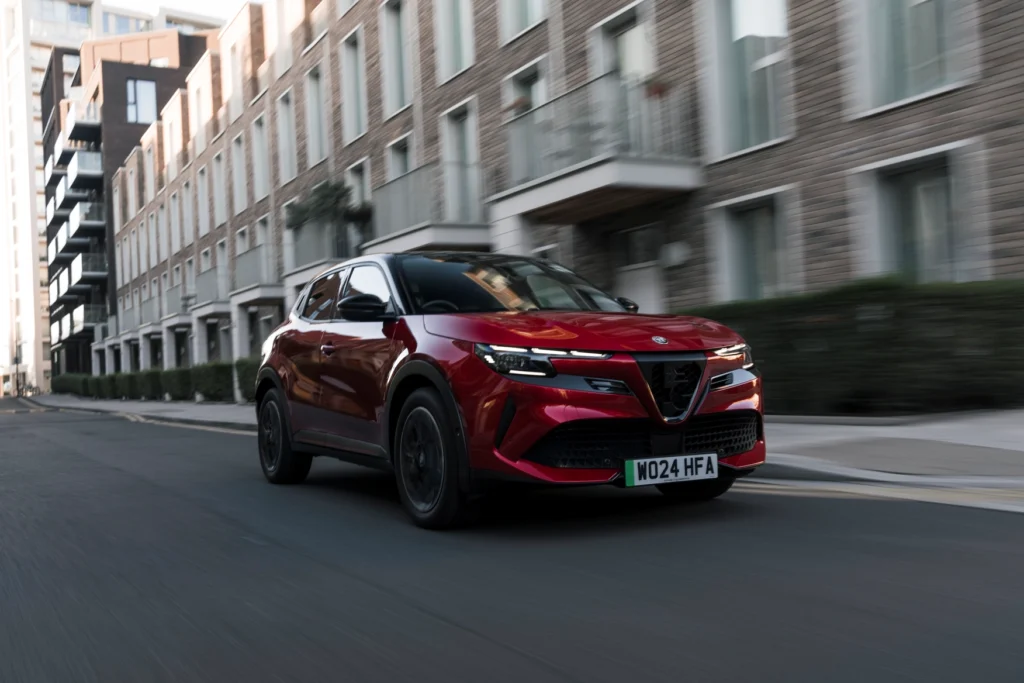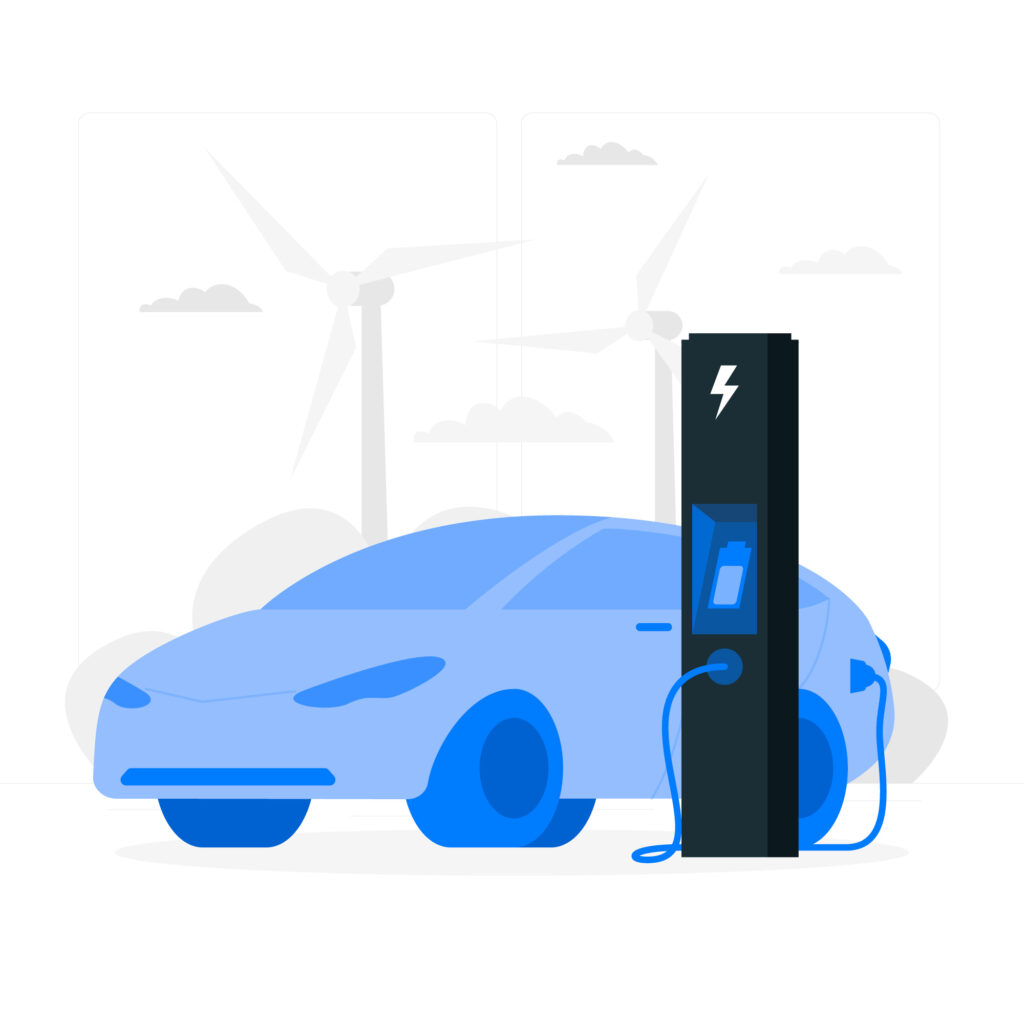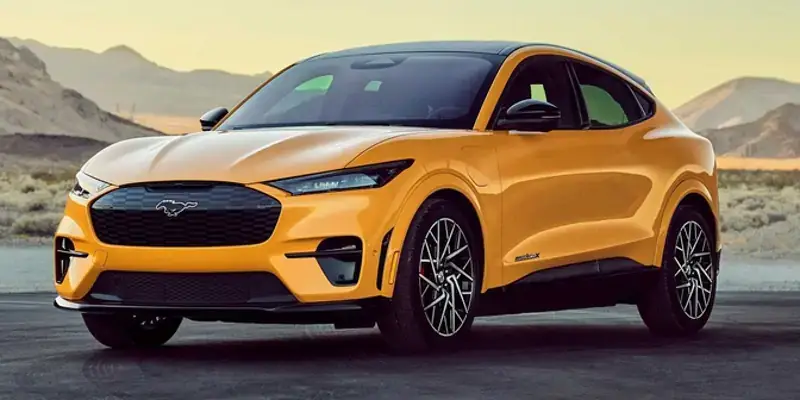
Understanding the differences between public charging options is important for every electric car owner. In this review, we examine fast chargers and Level‑2 chargers to help you make informed decisions. We look at key factors such as charging speed, reliability, installation costs, and safety. This article is designed for those who want a clear comparison without unnecessary jargon. The information is based on current industry data and real-world usage experiences. Here, you will also find details on reliable fast 240 V Level‑2 chargers and guidance on choosing between level 2 car charger vs DC fast charging for your electric car.
What Are Level‑2 Chargers?
Level‑2 chargers use a 240‑volt AC power source to provide a steady charging rate for electric vehicles. They typically offer charging speeds between 3.3 and 7.2 kilowatts, which can add about 10 to 25 miles of range per hour, depending on the vehicle and charger capacity. These chargers are common in homes, workplaces, and public locations because of their balanced cost and efficiency. Their installation requires a dedicated circuit and professional setup. Users often appreciate Level‑2 chargers for their reliability, especially when using fast 240 V Level‑2 chargers that deliver consistent performance. The technology is well proven and continues to be a practical solution for daily charging needs.
Understanding DC Fast Charging
DC fast charging, also known as Level‑3 charging, uses direct current to charge the battery at a much faster rate compared to AC chargers. These chargers can provide 60 to 80 miles of range in just 20 minutes, depending on the vehicle and charger specifications. While DC fast charging is ideal for long trips or when a quick top-up is needed, it is generally more expensive to install and use. Additionally, frequent use of DC fast charging may affect battery longevity. Many drivers choose DC fast charging for its speed, especially during travel. The technology is evolving, and as more fast chargers are installed across public networks, the accessibility of these chargers is steadily increasing.
Comparison: Level‑2 vs DC Fast Charging
When comparing Level‑2 chargers and DC fast chargers, it is helpful to examine key factors side by side. The following table summarizes the main differences:
| Feature | Level‑2 Charger | DC Fast Charger |
|---|---|---|
| Power Source | 240 V AC | Direct Current (DC) |
| Typical Power Output | 3.3 – 7.2 kW | 50 kW or higher |
| Charging Speed | Adds 10–25 miles per hour | Provides 60–80 miles in about 20 minutes |
| Installation Cost | Lower, often installed at home | Higher cost, requires specialized setup |
| Battery Impact | Gentle on battery health | May reduce battery life with frequent use |
| Availability | Widely available in residential areas | Common in public fast‑charging stations |
| Use Case | Daily charging and overnight charging | Quick top-ups during long trips |
This table illustrates that Level‑2 chargers are best suited for regular, extended charging sessions, whereas DC fast chargers are designed for short, rapid charging stops.
Charging Speed and Efficiency
Charging speed is one of the most important factors when choosing a charging method. Level‑2 chargers are designed for efficiency over longer periods. They deliver a moderate charging rate, which is ideal for overnight or workplace charging. On the other hand, DC fast chargers excel in scenarios where time is of the essence. Their ability to add significant range within minutes makes them valuable for road trips.
However, their high power output means they require more energy, and efficiency can drop slightly during peak demand. Users need to balance their routine charging needs with occasional fast charging for long-distance travel, ensuring that their driving schedule and lifestyle are both supported by the right charger type.
Cost and Installation Considerations
The costs associated with charging stations vary greatly between Level‑2 and DC fast charging options. Level‑2 chargers are generally more affordable to install in homes and businesses. The installation process for a Level‑2 charger is straightforward if the location has access to a 240 V power supply. In contrast, DC fast charging stations are more expensive, both in terms of installation and ongoing operational costs. They require specialized infrastructure and higher power availability.
For public charging networks, these costs are often offset by usage fees. When evaluating your options, consider not only the initial installation costs but also the long-term value and convenience of each charging method. Making the right choice depends on your daily driving habits and budget constraints.
Reliability and Safety of 240 V Level‑2 Chargers
Reliability is a critical factor for any charging system. Level‑2 chargers are known for their stable performance and consistent power delivery. The use of 240 V makes them less prone to fluctuations compared to higher-voltage systems. Additionally, these chargers come with safety features like overcurrent protection, ensuring that the charging process remains safe for both the vehicle and the user.
Routine maintenance is minimal, and many models have built-in diagnostics to detect and report issues. While DC fast chargers are also safe, the higher power levels involved require stricter safety protocols. For daily use, the reliable performance of Level‑2 chargers makes them a dependable option, especially in residential settings and areas where charging must be completed over several hours.
Public Charging Infrastructure Overview
The availability of public charging infrastructure has improved as more drivers adopt electric vehicles. Level‑2 charging stations are common in parking lots, shopping centers, and workplaces, providing a steady charging option for users. In contrast, DC fast charging stations are typically located along highways and major travel corridors. This strategic placement ensures that drivers have access to rapid charging when needed during long trips.
Data shows that many public charging networks are expanding rapidly. For instance, recent reports indicate that the number of DC fast chargers in major cities has increased by over 50% in the last two years. This expansion is critical for supporting the growing number of electric vehicles on the road and ensuring that drivers have access to convenient charging options wherever they travel.
Conclusion
In summary, both Level‑2 and DC fast charging play important roles in supporting electric vehicle drivers. Level‑2 chargers provide a reliable and safe solution for daily, long-duration charging, while DC fast chargers offer a quick boost during long trips. As technology advances, improvements in charging speed and battery management are expected, making both systems even more efficient.
The growing public charging network is a positive trend that will continue to support the expansion of electric vehicle usage. Future trends point to increased integration of renewable energy sources and smarter charging solutions, which will further enhance the charging experience. By understanding these differences and comparing key features, drivers can choose the right charging method for their specific needs and driving habits.
Key Takeaways:
Level‑2 Chargers for Daily Use:
Level‑2 chargers operate on a 240 V AC power source and deliver a steady charging rate, adding roughly 10 to 25 miles of range per hour. They are ideal for daily, overnight, or workplace charging due to their reliability and lower installation costs.
DC Fast Chargers for Quick Top-Ups:
DC fast chargers, or Level‑3 chargers, provide rapid charging by delivering high power output (50 kW or higher). They can add 60–80 miles of range in about 20 minutes, making them best suited for long trips or situations where quick recharging is needed. However, they tend to be more expensive and may impact battery longevity with frequent use.
Cost and Installation:
The installation of Level‑2 chargers is generally more affordable and straightforward, making them a common choice for residential and workplace settings. In contrast, DC fast chargers require specialized infrastructure and higher installation costs, often offset by usage fees in public charging networks.
Public Charging Infrastructure:
Public charging networks are rapidly expanding. Level‑2 charging stations are widely available in areas like parking lots and shopping centers, while DC fast charging stations are strategically placed along highways and major travel routes to support long-distance travel.
Balancing Needs:
For most electric vehicle owners, a combination of both Level‑2 and DC fast charging options is essential. Level‑2 chargers ensure regular, safe, and cost-effective charging at home, while DC fast chargers serve as a quick solution during extended trips.
Future Trends:
Advancements in battery technology and smarter charging solutions are expected to improve both charging speed and efficiency. The integration of renewable energy sources into charging networks will likely further enhance the overall charging experience for electric vehicle users.




